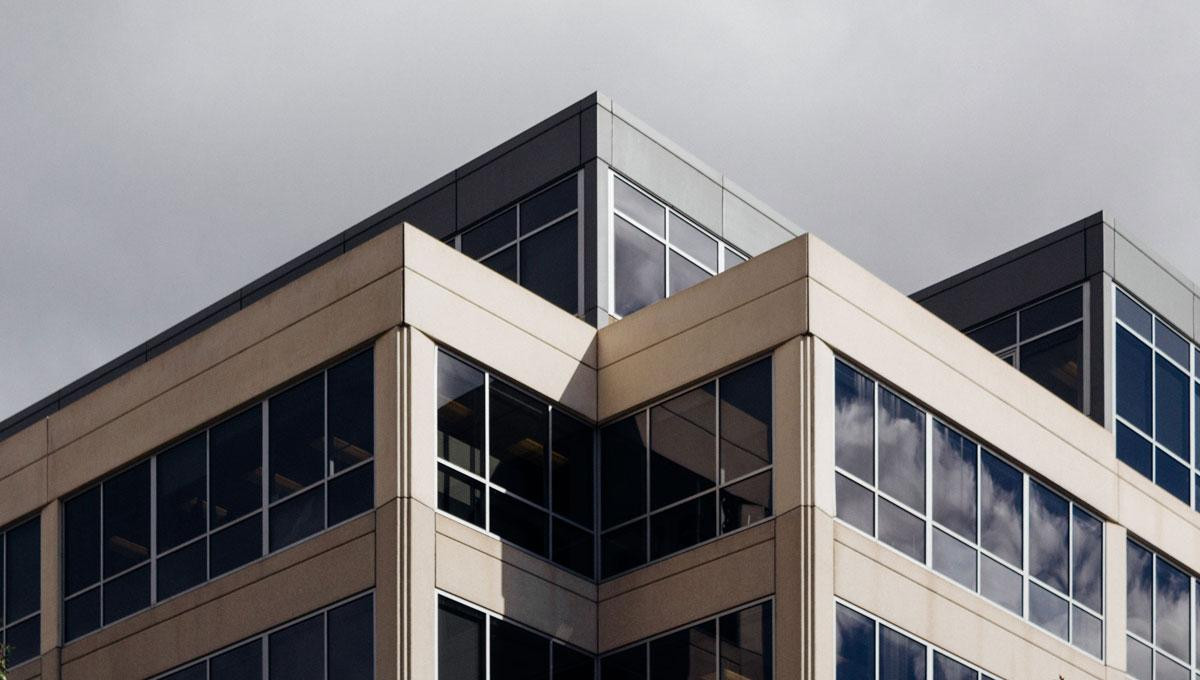Calculating CAM fees efficiently is one of the top requirements that clients have when they start looking for property management software.
With CAM expenses allocated to tenants in proportion to the space they rent, you’d think it would be a straight-forward account reconciliation.
But it isn’t.
CAM fees cover a wide spectrum of expenses such as water, electricity and snow removal making it difficult to reconcile.
Calculating CAM Fees
Commercial leases require that the tenant pay a portion of CAM fees, which may be a variable or a fixed CAM fee.
With variable CAM fees, the amount contributed increases based on many factors. Flat CAM fees stay the same throughout the lease period.
CAM fees can also vary based:
As CAM fees can vary, their rate can ramp up at a different rate than the monthly lease. To prevent any disputes, landlords and tenants should agree on a cap per year which should be clearly documented and stored in your ERP system.
CAM fee disputes can arise when one landlord includes specific costs as CAM fees, and another simply lists a wide range of expenses under CAM or admin fees.
To guard against this, we recommend that property managers ensure renters use a Tenant Portal to make sure the renters have access to the lease agreement for reference at all times.
What are considered Common Areas?
In commercial leases, common areas include all areas intended for common use by tenants, their visitors, and the public. These include (but are not limited to) elevators, parking lots, hallways, public bathrooms etc.
CAM expenses are calculated on a pro-rata basis, around the square footage a tenant occupies i.e. the more leased square footage a tenant has, the greater the percentage of CAM expenses they pay.
On the surface, this seems to imply that CAM fees only apply to internal spaces. But some landlords include the cost of maintaining external elements like signage, landscaping, parking areas etc.
Reconciling CAM
Tenants pay a monthly estimated charge, and their actual expenses are tracked and recorded, in recoverable expense accounts. At the end of the year, a reconciliation is carried out.
The tenant’s actual share is compared to the estimated charge that was levied throughout the year. If the end-of-year expenses are higher, the tenant makes an extra payment. If the expenses are lower, they get a credit towards their account.
This account reconciliation is a crucial part of a property manager’s financial year. On one hand, you have tenants who assume the CAM fees are too high and want a narrower definition/scope. But you also have property owners/landlords who want to broaden the scope of the CAM charge.
This is one reconciliation you do not want to botch.
Despite this, there are still property managers that use spreadsheets to compile bills and calculate the actual amount incurred by tenants.
This is a time-consuming and error-prone task.
Automating CAM reconciliation with a robust property management solution is one way commercial property managers can avoid errors and save themselves a huge chunk of time.
An excellent property management platform allows you to:
With the ability to reconcile at any time in the year, you can devote more time to client acquisition and building lasting relationships with your commercial tenants.
Conclusion
With the commercial real estate industry going strong and the demand for office space continuing to outpace supply, property managers can’t afford to plan with inaccurate data.
Improperly computed CAM charges will eventually become an issue, as incorrect CAM reconciliations can cost landlords thousands of dollars over a tenant’s lease period.
Every year, property managers unwittingly overlook items, perform inaccurate manual calculations or build errors into their Excel spreadsheets.
Don’t be that property manager.
We get it; using spreadsheets for reconciliation is “comfortable and familiar”. But as data is transferred back and forth in Excel, errors are easily seeded in the spreadsheets and will only compound year after year.
Save yourself the hassle and use a property management solution to save you time, trouble and paper. Get started now with a free trial!

